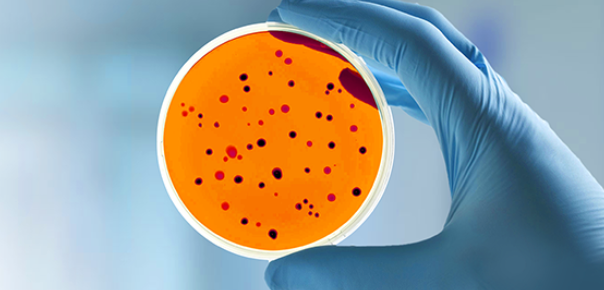The new release, P6-C4, which represents the company's 6th generation of polymerase and 4th generation chemistry, further extends the industry's leading average read length to 10,000 - 15,000 bases, with the longest reads exceeding 40,000 bases. The throughput with the new chemistry is expected to be between 500 million to 1 billion bases per SMRT® Cell, depending on the sample being sequenced. By providing an increasing number of longer reads per instrument run, the new chemistry enables users to assemble genomes to a higher quality.
A complete genome is an extremely valuable tool in many types of scientific research, yet most organisms do not have their complete genome assembled — including humans. Instead, complex genomes are only partially completed with difficult repetitive regions and longer structural variants excluded from the assembly, resulting in highly fragmented, incomplete genomes. To sequence the complete genome of an organism, very long sequencing reads are required to span these regions, which can be critical in understanding gene function. This missing information is becoming increasingly recognized as important to a full understanding of any organism. The ability of Single Molecule, Real-Time (SMRT) Sequencing to generate ultra-long reads with unbiased coverage allows researchers to characterize previously undetected structural variants, highly repetitive regions, and distant genetic elements.
Among users with early access to the chemistry are researchers sequencing large genomes including Macrogen, who recently purchased multiple PacBio instruments to de novo assemble a Korean human genome to establish a better reference and expand their service offering.
The P6-C4 chemistry will replace the P5-C3 chemistry and is recommended for all SMRT Sequencing applications, including de novo assembly, targeted sequencing, isoform sequencing, minor variant detection, scaffolding, long-repeat spanning, SNP phasing, and structural variant analysis.
This new release also includes improvements to the SMRT Analysis software suite for long amplicon analysis and the Iso-Seq™ method. Together with chemistry enhancements, these advances boost accuracy, speed up analysis, and support sequencing of multiplexed amplicons of different sizes.
"The performance of this new chemistry reflects our commitment to consistently deliver significant improvements in throughput and accuracy to our expanding user base," said
Researchers attending the 2014 American Society of Human Genetics annual meeting in San Diego can attend a workshop on October 21 from 12:30-2:00 p.m. titled "A New Look at the Human Genome - Novel Insights with Long-read PacBio® Sequencing" to learn more about the PacBio RS II and hear from customers who are using the system.
More information about the PacBio RS II and the latest product enhancements is available at: www.pacb.com.
About Pacific Biosciences
Forward Looking Statements
All statements in this press release that are not historical are forward-looking statements, including, among other things, statements relating to the current or future performance of products and product enhancements, future uses of the Company's products and other future events. You should not place undue reliance on forward-looking statements because they involve known and unknown risks, uncertainties and other factors that are, in some cases, beyond the Company's control and could materially affect actual results. Factors that could materially affect actual results can be found in our filings with the
CONTACT: For Pacific Biosciences:
Media:
Nicole Litchfield
415.793.6468
nicole@bioscribe.com
Investors:
Trevin Rard
650.521.8450
ir@pacificbiosciences.com
Source: News Provided by Acquire Media









